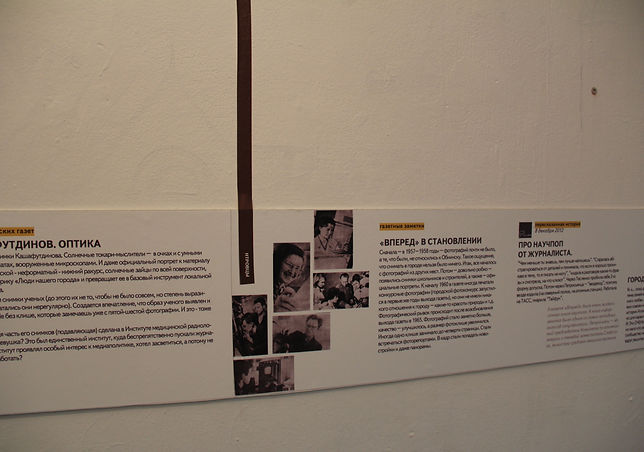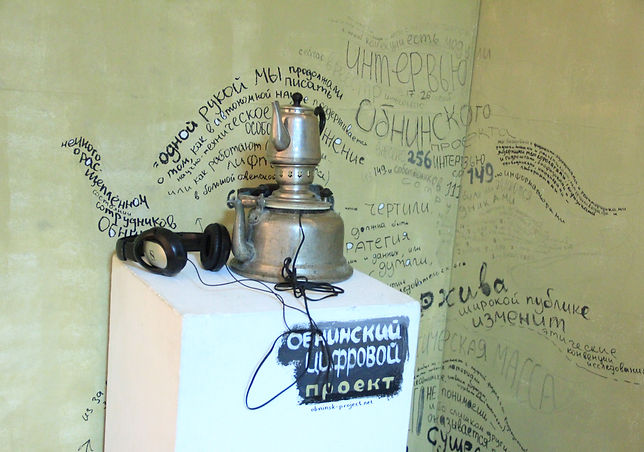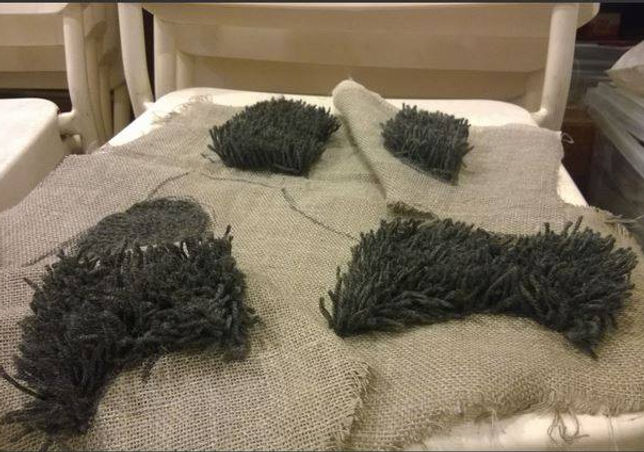ART-PROJECTS

Curators: Galina Orlova (Rostov/Moscow/Vilnius), Natallia Nenarokomova (Vitebsk/Vilnius)
Design: Ekaterina Sotnikova (St. Petersburg), Lidia Sergey (Vilnius)
Data curating: Alexandra Kasatkina (St. Petersburg), Elena Abramova (Rostov), Anna Shevchenko (Rostov), Alexandra Ivanova (Rostov), Egor Shevelev (Rostov), Alina Kim (Rostov), Ella Cherpasova (Rostov)
Sound: Andrey Vozyanov (St. Petersburg)
Video: Artur Topchan (Moscow)
Assistance/friends of the exhibition: Elena Khloptseva (Minsk), Khazianina Anastasia (Vilnius), Hradovich Yuliya (Vilnius), Shvayakova Naila (Vilnius), Leonenko Margarita (Vilnius)
Critical assemblage: people and atoms
Atom and outer space to a significant extent formed imagination of the late socialism epoch and determined organization of its technocratic unconsciousness. Exploration of a new energy source promised to turn communist utopia into sci-tech project in a single stroke.
The cultural heroes of 1950-1960th – the Promethei of the Atomic Age” – became physicists, while atom appeared to be one of the cipher keys to a time code of that epoch.
Obninsk, a city of physicists, was founded two years later after the first nuclear power station was launched and originated in a secret laboratory ‘V’ situated 100 km away from Moscow. The city also hosted radio-medics, nuclear meteorologists, radio-chemists and Sredmash-builders. Here the first Soviet nuclear cluster was created. Here are still living those who with bare hands and manipulators tamed “the peaceful atom” and therefore know the password for the epoch code.
The stories and photos of research engineers (NTR-ovtzy), their private archives and memoirs, life voices, and newspaper archives collected by the members of Obninsk Digital Project in 2012-2014 became the material for the critical assembly. Borrowing this model from nuclear physicists the creators intended to turn the exhibition into a kind of device or a tool that could support knowledge production through accumulation and curating of data.
Exhibition was designed as a hand-operated prototype of a research website where one would be able not only to touch hot data but also catch knowledge in the process of its establishment and fission..
Objects
DATA SURFACE – the main unit for critical assembly comprised of 72 luminous cubes, made from polypropylene and LEDs. Each side of each cube displays information from Obninsk Digital Project archives including 4 types of sources (interviews, transcripts, photos, documents) and 4 thematic filters (ntr'ovzy, big science, the city of peaceful atom, late socialism). The filters are highlighted. All the cubes can be rotated. On emerging surfaces one can observe the process of data configuration and knowledge production. Recommended as an epistemological antidote to the invincibility of huge masses of qualitative data.

THE HUM OF RESEARCHERS' VOICES, or simply the TAPE - 86 text fragments about early Obninsk, regime science, garden-city, science policy, universes of engineers and scientists, loyalty and resistance. Material: painted hardboard + adhesive tape. This object is an attempt to expose the hidden voices of researchers appearing before being included in official reports or articles. The Tape is comprised of archive materials taken from the collective blog of Obninsk Digital Project: open field diaries, notes, ideas, discussions, etc. This is the very same nutrient broth – or a kind of laboratory, – where the texts are born.

THE RESEARCH KITCHEN – informal accumulator of remarks about the format and the process of Obninsk Digital Project implementation. In the design of the Kitchen is used old samovar – a unique gift to our researchers from nuclear physicist. The form and design of this exhibition part is developed by Lidia Sergei, the sound created by Andrei Vozianov.

DREAMS OF PHYSICS – a dark room in the gallery space makes possible an immersive and almost meditative integration into the tissue of the digitized film footage shot by physicists in the mountains, in Paris, on the their first humor show, in the city, at parties. Footage compilation made by Arthur Topchyan.

TACTILE MAP – made of wool, batting, woolen thread, sackcloth, nails, lots of stitches, this space creates the map of a regime city that was never plotted on maps. The map is for the most part invisible (gray materials are exposed on a gray wall in a dark room) but one can explore it by touching. The Institutes are marked with black and are more visible on a gray surface that has a referent in reality where research institutes of this city have acquired much more visibility than the city itself. The installation was made by Anastasia Khazianina and Julia Hradovich.

